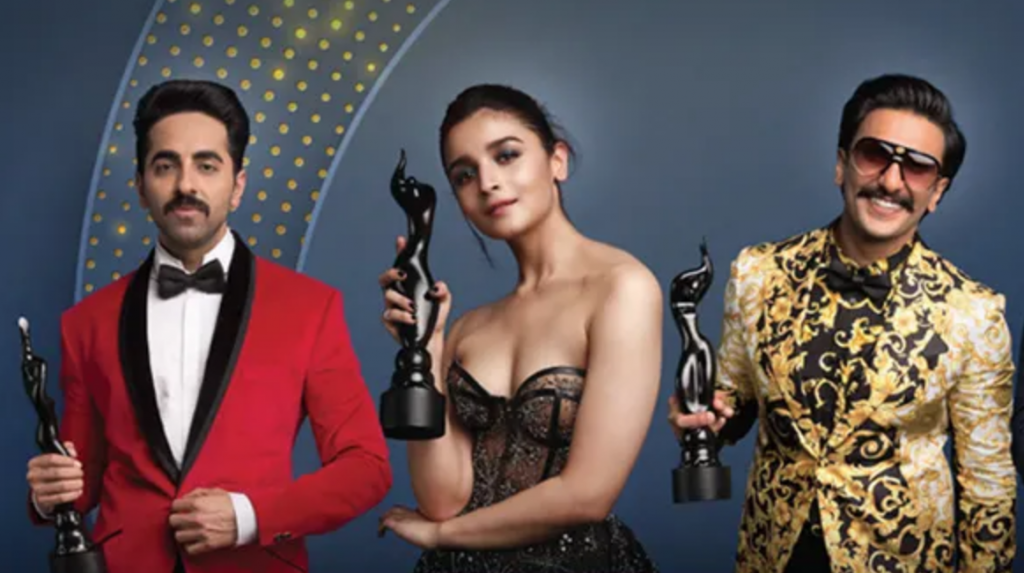
Bollywood always has an interesting way of doing things. The film fraternity’s most awaited night of the year, the Filmfare Awards, occurred on March 23, 2019. There was no live or immediate broadcast of the event, but names of all the award winners were released. For some reason, the telecast on Colors didn’t happen until April 20, 2019.
So weird, especially given we all know who won before watching the event, but whatever. This post is not about Bollywood’s odd event telecast decisions. Let us allow the opportunity of the recent telecast to view some of our favorite looks and best dressed celebrities at the 64th Vimal Elaichi Filmfare Awards 2019.
Alia Bhatt
https://www.instagram.com/p/BvYoQwBDSxn/
Alia Bhatt was a big winner at the Filmfare Awards this year after nabbing the Best Actress trophy for the critically and commercially acclaimed “Raazi” (which you should drop what you’re doing right now to watch on Amazon Prime if you haven’t yet). She also wins a spot on the Best Dressed list with this shimmery Ralph and Russo gown. It transitions from nude to black and tight-fitted to flowing seamlessly.
Sara Ali Khan
https://www.instagram.com/p/BvXGnN1HgsR/
Sara Ali Khan took home the trophy for Best Female Debut for her work in “Kedarnath.” We love how she brings traditional wear back to Filmfare Awards night fashion in this ethereal lengha made by designers of the hour Abu Jani Sandeep Khosla. You can marvel at Abu Jani Sandeep Khosla’s other creations at Sonam Kapoor’s wedding festivities.
Vicky Kaushal
https://www.instagram.com/p/BvYOv8xFrM2/
2018 was the year of Vicky Kaushal, as he starred in multiple blockbusters and won Best Supporting Actor for “Sanju.” His tux is so simple, so elegant, and so classic. The bow tie detailing and white pocket square perfect his Filmfare Awards ceremony look.
Athiya Shetty
https://www.instagram.com/p/BvYe-nWlZgh/
We haven’t really heard much of Athiya Shetty since those scandalous Drake Instagram comments leading up to speculation of a possible relationship. Nonetheless, the color-blocking and draping in this Bibhu Mohapatra dress earn her accolades onto this list.
Ayushmann Khurrana
https://www.instagram.com/p/BvX_jU6BT_e/
Ayushmann Khurrana was incredibly productive in 2018, and I think Vicky Kaushal said it best at the Zee Cine Awards when he remarked that Khurrana was essentially running his own parallel film industry in Bollywood. He popped in the best way possible at the Filmfare Awards in this bright red tuxedo. We’re hoping that mustache is just for a role, but that tux is definitely a fierce look.
[Read Related: Anamika Khanna Talks About What It’s Like to be Bollywood’s Top Fashion Designer]
Ranveer Singh
https://www.instagram.com/p/BvXxd8whmzU/
Ranveer Singh rarely disappoints in the film and fashion front. With the latter, he’s known for his especially outlandish and eccentric styles and this year’s Filmfare Awards were no different. Watching him continue to innovate and set trends, as he does in this embellished, floral multicolored piece, is a treat. We can’t wait to see what he does for the 2019-2020 awards season, now that he’s basically a shoo-in for his work in “Gully Boy.”




